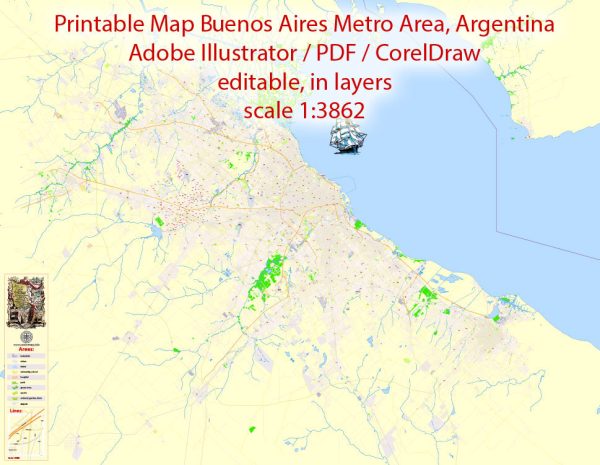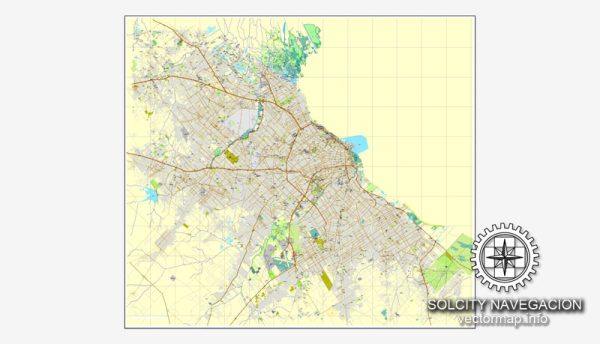Buenos Aires, the capital and largest city of Argentina, boasts a rich architectural heritage that reflects its cultural diversity and historical evolution. Here are some of the most famous buildings and landmarks in Buenos Aires:
- Obelisco (Obelisk): Located at the intersection of Avenida 9 de Julio and Avenida Corrientes, the Obelisco is one of the most iconic symbols of Buenos Aires. Standing 67 meters tall, it was built in 1936 to commemorate the 400th anniversary of the city’s founding.
- Casa Rosada (Pink House): The Casa Rosada is the official residence and workplace of the President of Argentina. This distinctive pink-colored building is located at the eastern end of Plaza de Mayo and has played a significant role in Argentina’s political history.
- Teatro Colón (Colon Theater): Regarded as one of the world’s top opera houses, Teatro Colón is celebrated for its opulent architecture and superb acoustics. It has hosted numerous world-renowned artists and is a cultural symbol of Buenos Aires.
- Palacio Barolo: Inspired by Dante Alighieri’s “Divine Comedy,” Palacio Barolo is an architectural gem designed by Italian architect Mario Palanti. Completed in 1923, it stands as a testament to the city’s cultural ties with Europe and features elements from Italian and Indian architecture.
- Puente de la Mujer (Women’s Bridge): Designed by Spanish architect Santiago Calatrava, Puente de la Mujer is a modern pedestrian bridge that spans the Rio de la Plata in the Puerto Madero district. Its unique, asymmetrical design is said to represent a couple dancing the tango.
- Floralis Genérica: Situated in Plaza de las Naciones Unidas, this large metal sculpture is a gift to the city by Argentine architect Eduardo Catalano. The giant flower opens and closes its petals with the changing daylight, symbolizing the rebirth of the city.
- Recoleta Cemetery: While not a single building, Recoleta Cemetery is a famous landmark known for its elaborate mausoleums and tombs. The cemetery is the final resting place of many notable figures, including Eva Perón.
- Congressional Plaza and the National Congress Building: The National Congress Building is an imposing neoclassical structure located at the western end of Avenida de Mayo. The plaza and the building are central to political demonstrations and gatherings.
- Puerto Madero: Once an abandoned port area, Puerto Madero has been revitalized into a trendy waterfront district with modern buildings, upscale restaurants, and the ecological reserve. The Puente de la Mujer and the Puente de la Fraternidad are notable landmarks in this area.
- Malba (Museum of Latin American Art of Buenos Aires): While not a building per se, the Malba is an important cultural institution housed in a modern building. It features an impressive collection of Latin American art, including works by renowned artists like Frida Kahlo and Diego Rivera.
These landmarks collectively contribute to the vibrant and diverse architectural landscape of Buenos Aires, reflecting the city’s historical, cultural, and artistic influences.



 Author: Kirill Shrayber, Ph.D.
Author: Kirill Shrayber, Ph.D.